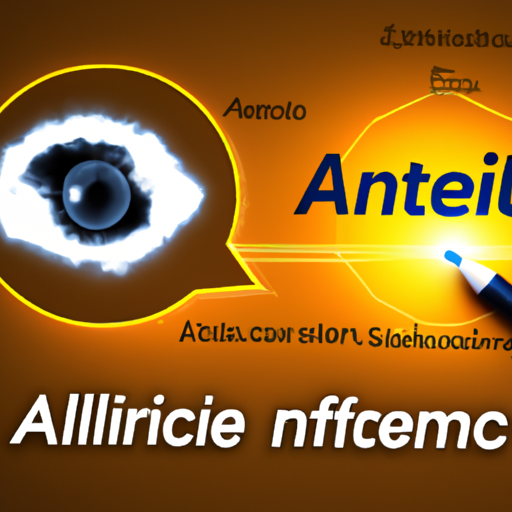Understanding The Basics: What Is Artificial Intelligence?
Artificial Intelligence (AI) is revolutionizing our world, transforming how we live and work.
But what exactly is AI?
Fundamentally, AI refers to machines or software mimicking human intelligence to perform tasks that typically require a human brain.
These tasks range from simple ones like recognizing images and speech to more complex activities like driving cars and diagnosing diseases.
The most common types of AI are narrow AI and general AI.
Narrow AI, also known as weak AI, is designed for a specific task such as voice assistants like Siri or Alexa.
On the other hand, General AI aims to mimic human intelligence across multiple tasks—something that remains theoretical but continues to be the holy grail of artificial intelligence.
The Evolution Of Artificial Intelligence
The journey of artificial intelligence has been long and eventful.
From its nascent stages in the 1950s with Alan Turing’s pioneering work to today’s advanced algorithms powering self-driving cars, AI has come a long way.
Early developments were characterized by symbolic reasoning where machines used pre-defined rules to make decisions.
However, they lacked the ability to learn from data.
Enter Machine Learning (ML), a subset of artificial intelligence that allows machines to learn from data without being explicitly programmed.
This transition marked a significant turning point in how we develop and apply AI technologies today.
The Crucial Role Of Data In Artificial Intelligence
At its core, artificial intelligence thrives on data.
Big Data provides the raw material necessary for machine learning algorithms to learn and improve over time.
Consider artificial intelligence in healthcare, where vast amounts of patient data are analyzed to predict disease outbreaks or personalize treatment plans.
Without this valuable data, achieving such remarkable feats wouldn’t be possible.
Take IBM’s Watson for example; it uses enormous datasets to help doctors diagnose cancer with unprecedented accuracy levels.
Hence, understanding the symbiotic relationship between artificial intelligence and data science gives us better insight into how these technologies can drive meaningful progress.
Real-World Applications Of Artificial Intelligence
AI isn’t just confined within research labs; it’s out there in our daily lives making a difference!
One fascinating application is human-computer interaction, where systems are designed for seamless interaction between humans and computers.
For instance, virtual customer service agents utilize natural language processing—a branch of AI—to understand customer queries in real-time and provide accurate responses.
Another exciting area is augmented reality (AR) which augments our physical world with digital overlays using AI-driven algorithms.
Think about AR-powered apps like Pokémon Go or Google Maps Live View offering interactive experiences by overlaying directions onto real-world environments!
Artificial Intelligence In Healthcare: A Game Changer
The healthcare sector stands as one of the biggest beneficiaries of artificial intelligence advancements.
From diagnosing diseases early through predictive analytics to personalizing treatment plans based on patient history—AI is making waves!
For instance:
– Machine learning models analyze medical images at lightning speed helping radiologists detect anomalies faster than ever before
– Natural language processing tools sift through electronic health records identifying patterns that could indicate potential health risks
These examples underscore how artificial intelligence isn’t just about automating routine tasks but also enhancing decision-making processes leading towards better patient outcomes!
Challenges And Ethical Considerations In Artificial Intelligence
Despite its incredible potential,knowledge about artificial intelligence isn’t complete without acknowledging some inherent challenges too:
– Data Privacy Concerns: As more personal information gets processed by intelligent systems ensuring robust privacy measures becomes critical
– Bias In Algorithms: If underlying training datasets contain biases then resulting models may perpetuate these biases leading towards unfair decisions
– Job Displacement Fears: Automation driven by intelligent systems could lead towards job displacement creating socioeconomic challenges
Addressing these concerns thoughtfully will pave way towards responsible deployment ensuring benefits reach everyone equitably!
The Future Landscape Of Artificial Intelligence
Looking ahead exciting possibilities await us thanks largely due advancements happening within realms such as quantum computing offering exponential increases computational power further accelerating pace innovations witnessed today across various fields spanning from autonomous vehicles smart cities enhanced cybersecurity measures etcetera!
Imagine living world where augmented reality seamlessly blends physical digital experiences enriching everyday life ways previously unimaginable
In conclusion gaining comprehensive understanding knowledge about artificial intelligences entails appreciating journey traversed exploring myriad applications recognizing associated challenges envisioning promising future lies store us!

